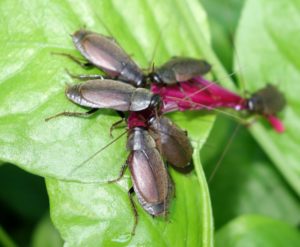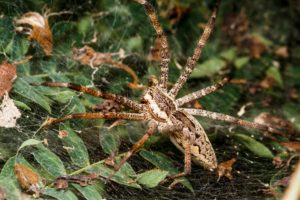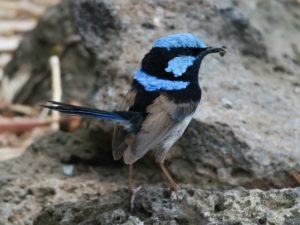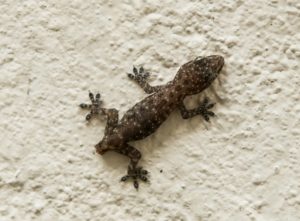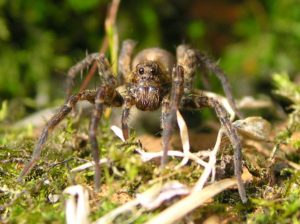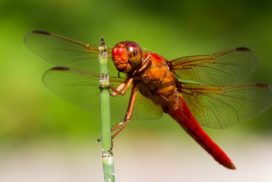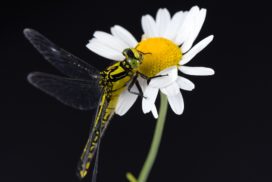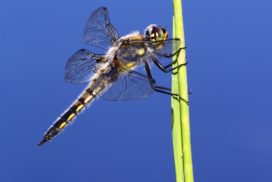WHY DO SOME CALL A DRAGONFLY THE “HELICOPTER” OF THE INSECT WORLD?
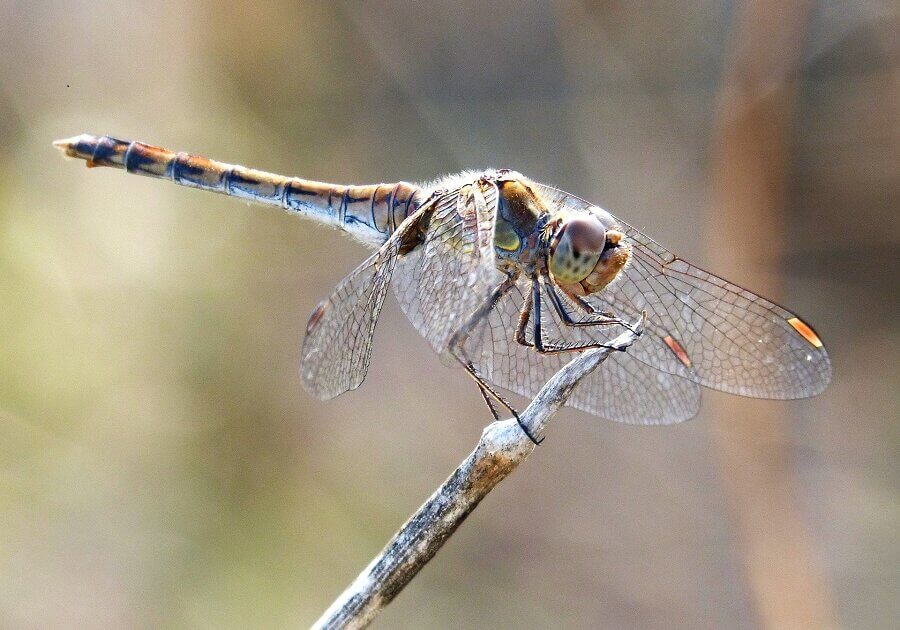
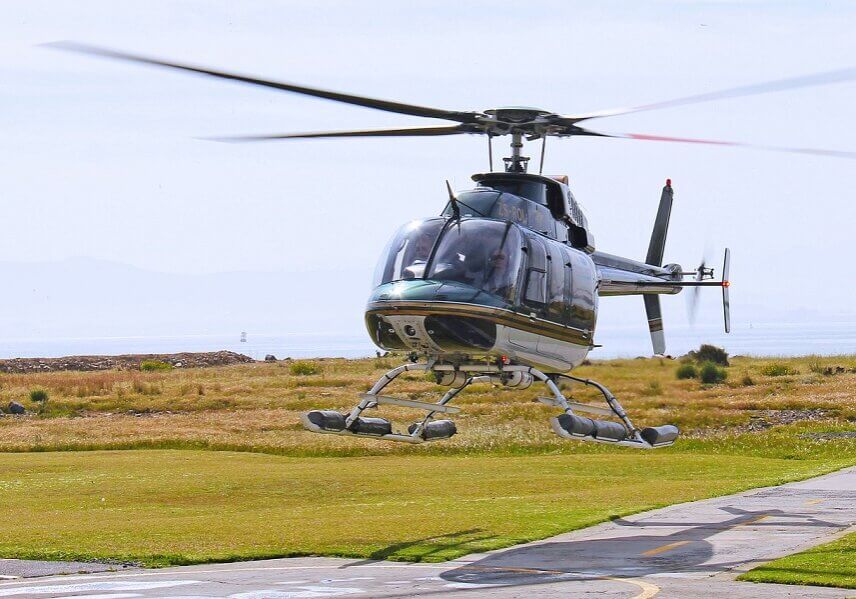
Dragonflies can move forward, backward and sideways as well as up and down with ease. They enjoy catching mosquitoes on the wing, something that is out of reach for humans. However, a helicopter—compared to the beauty and design of a dragonfly—is a crude and clumsy contraption.
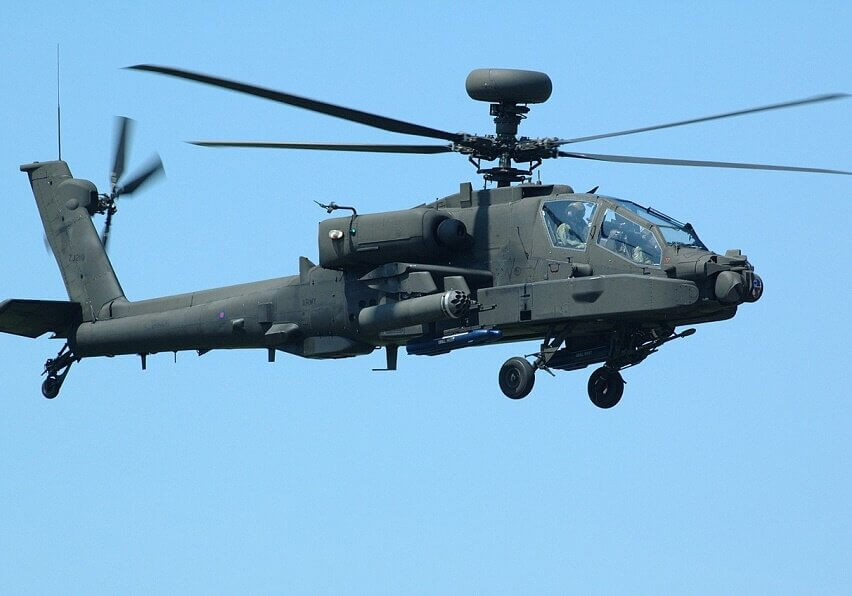
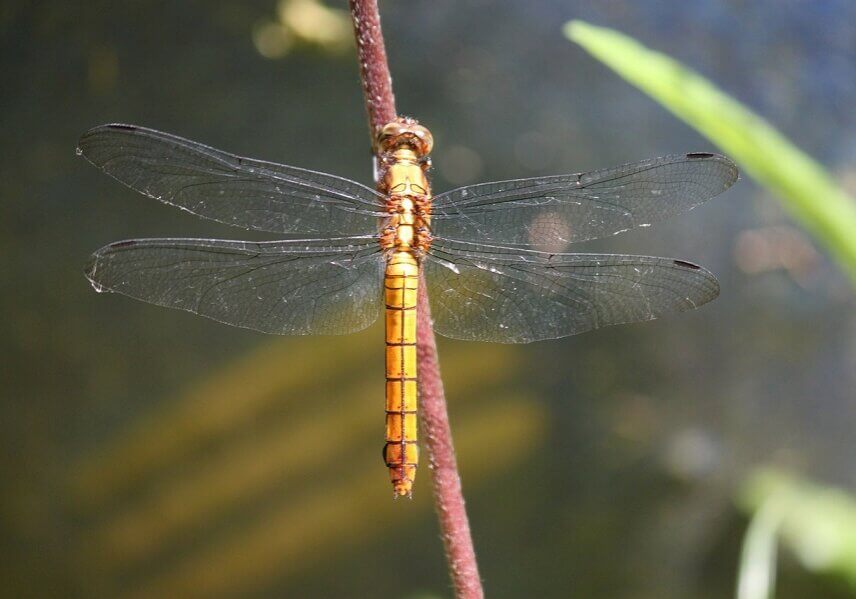
Helicopter rotor blades make 300 to 400 revolutions per minute as they fly, polluting the environment in the process. On the other hand, although a dragonfly’s wings look delicate and vulnerable, they beat up to 2,400 times per minute using clean energy!
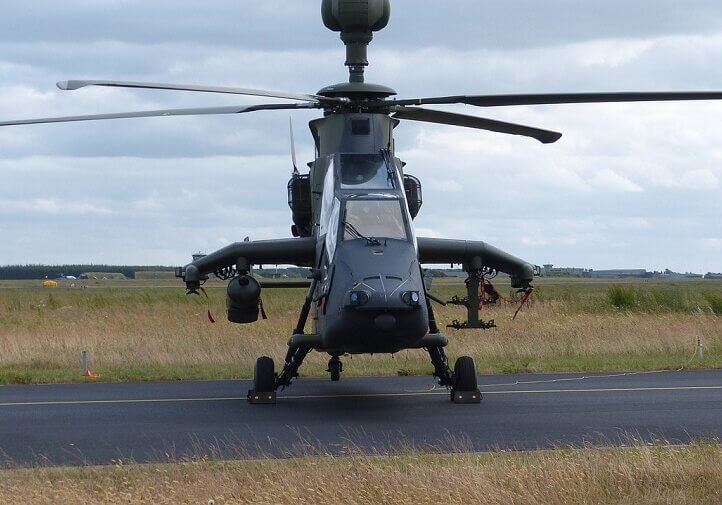
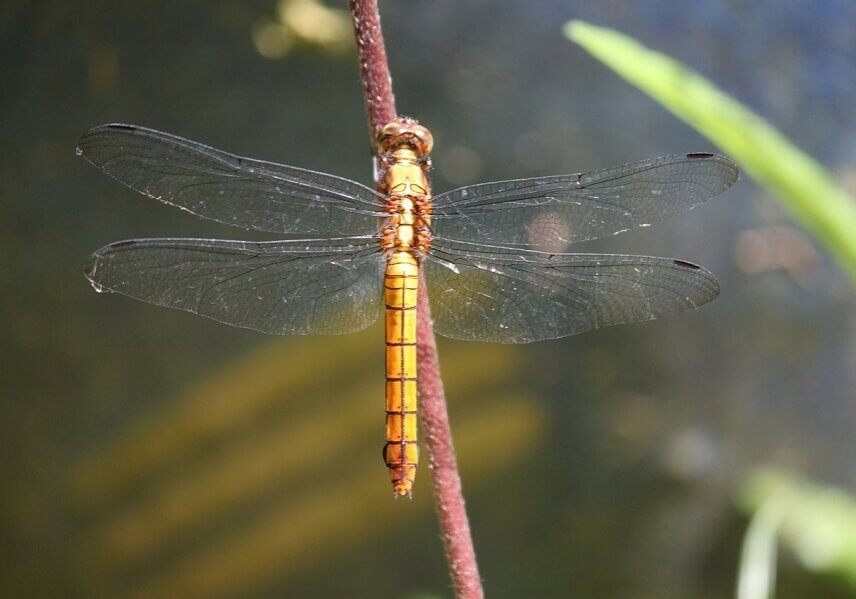
Recent posts
Join us on social media or subscribe!
Sign up to receive our articles in your inbox!
Enter your name and email address below to subscribe.
